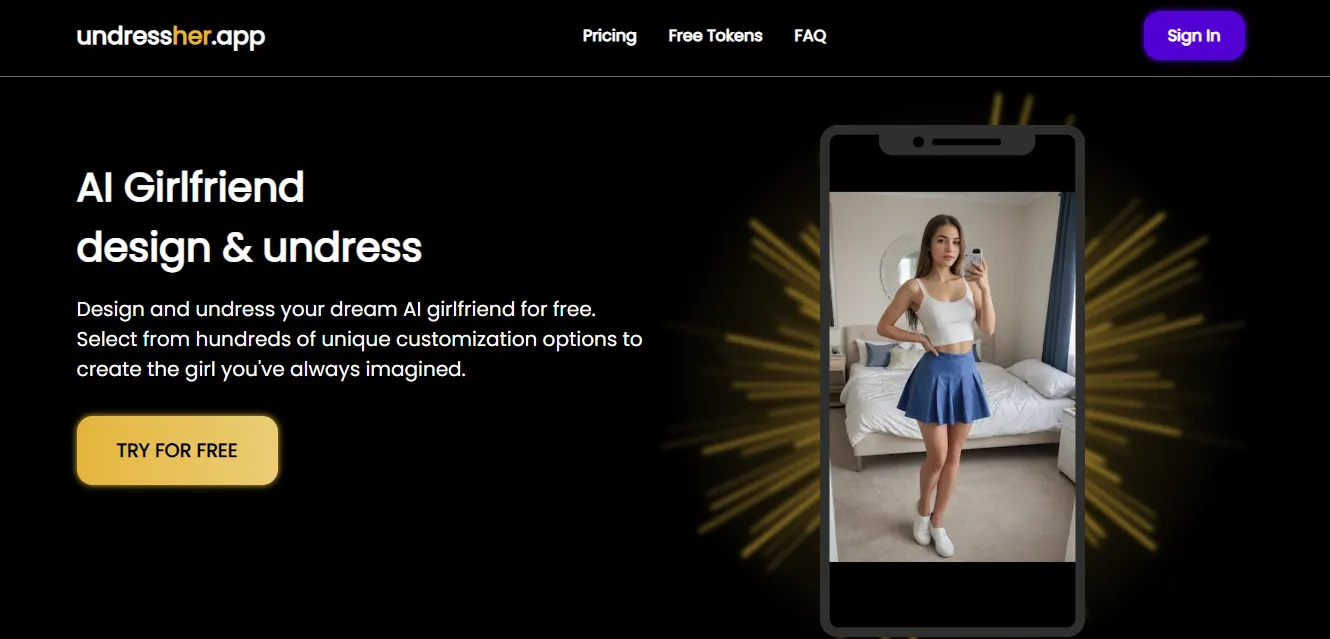AI Clothes Removal: Undress AI & DeepNude Tools - Explore Now!
Is it possible to digitally alter images with such precision that the line between reality and fabrication blurs? The advent of "Undress AI" technology brings this question sharply into focus, offering capabilities that were once relegated to the realm of science fiction.
This technology, driven by sophisticated artificial intelligence, specifically deep learning models like Generative Adversarial Networks (GANs), can digitally remove clothing from images, effectively creating what are often referred to as "deepnude" images. These AI algorithms analyze human figures in photographs, generating realistic renders of them without clothes. Applications such as "Undressher" and "Unclothy" are prime examples of this, allowing users to upload images, customize parameters, and achieve results with remarkable speed and accuracy. Other tools like "clothoff" offer similar functionalities, with the added feature of allowing users to specify character descriptions such as gender, body type, and pose, enabling the AI to generate images based on these prompts.
The core of this technology lies in its ability to manipulate visual content with a level of realism previously unattainable. Tools like the "ai clothes remover" promise to remove clothes from photos online or even swap them for new outfit styles with just a few clicks, offering capabilities that can transform how we perceive and interact with visual media. These tools often boast features like the ability to customize body parts, offering both simple and expert modes, ensuring user-friendliness while providing advanced control over the manipulation process. Moreover, some services emphasize data security, with uploaded data deleted after a short duration, addressing concerns regarding privacy.
The ethical dimensions of this technology are complex and far-reaching, raising questions about consent, privacy, and the potential for misuse. This article is not intended to endorse or condemn this technology, but rather to provide a factual account of its existence and capabilities. The information provided is for informational purposes only.
The applications of this technology are diverse. "Undressher", launched as a web app, presents itself as a simple and convenient image processing tool. The process often involves identifying key "entry points" on a figure, such as the neck, hands, feet, or hips in the case of shorts, and mapping these points to the corresponding naked figure. The software ensures the original pose and event in the photograph are maintained.
The landscape of AI-powered image manipulation is evolving rapidly, with new tools and features emerging regularly. The core concept remains the same: leveraging advanced image recognition algorithms and machine learning to alter visual content in ways that were previously unimaginable. The ease of use and the potential for generating realistic results are key factors driving the growing interest in this technology.
These apps are often promoted with claims of ease of use, often emphasizing speed and security, with the promise of quick results and the deletion of uploaded data within a short period. These tools are accessible through web applications, offering users the ability to explore and experiment with these technologies directly. The applications aim to deliver realistic photo manipulations with unmatched precision. The user interface is typically designed to be simple and intuitive, allowing for easy customization and control over the manipulation process.
The "Best 2024 AI cloth remover app" reflects the ongoing competition in this fast-growing industry. The features are constantly improving, and the technology continues to advance. Users are attracted to the convenience and ease of use of these tools. The ability to transform and modify character outfits with ease is a key selling point. They also offer the opportunity to explore a dedicated space for creators to share and enjoy videos capturing the essence of revealing moments in stunning HD quality without ads. This is the new reality in a world where visual content is increasingly susceptible to manipulation.


